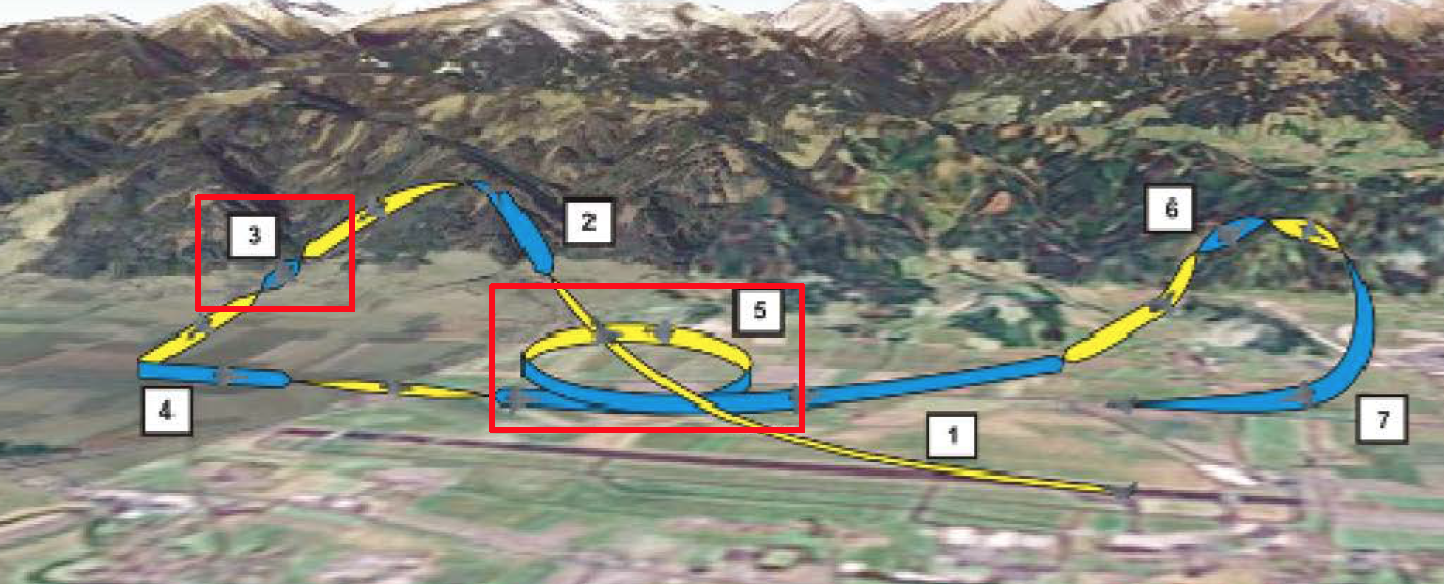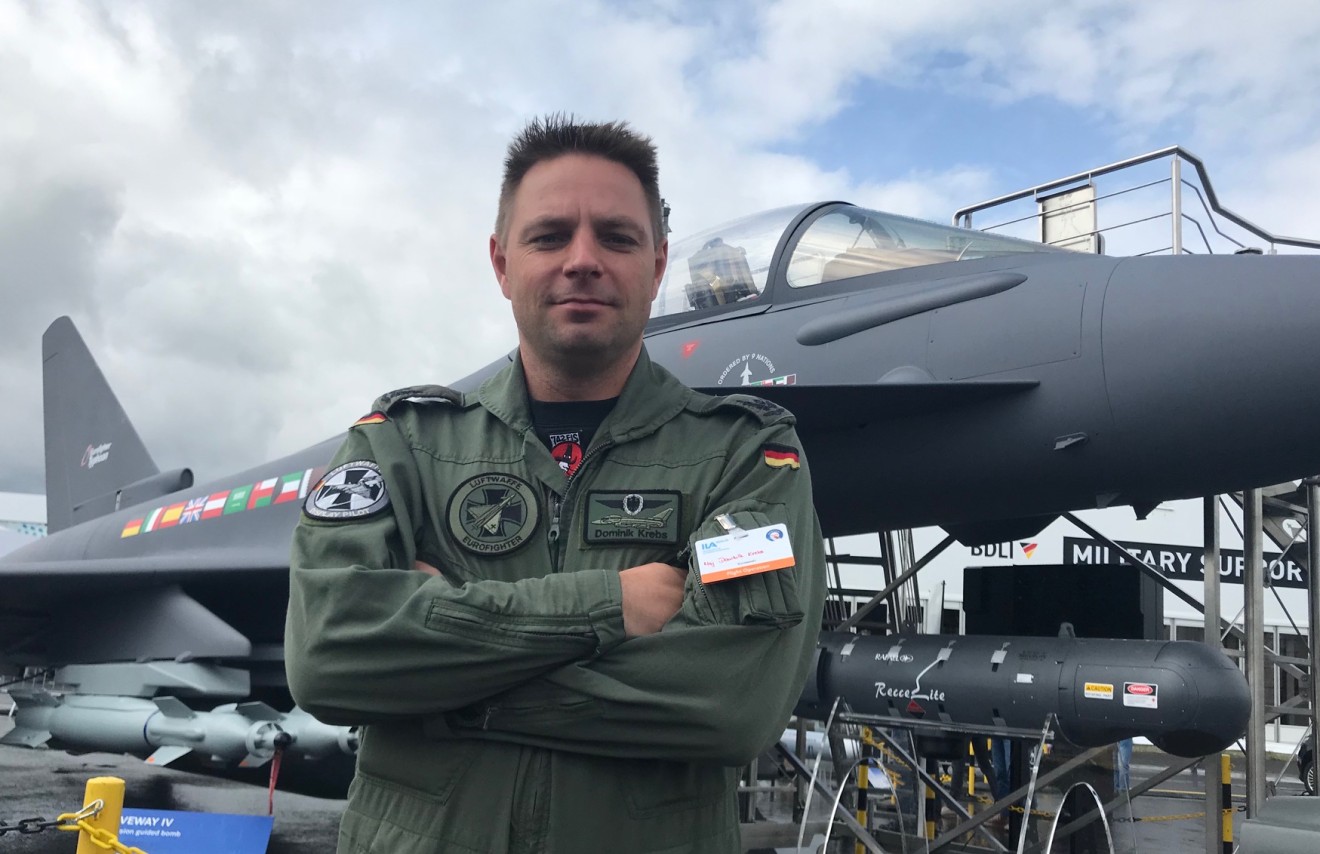How do you get the job?
The commander of flying group makes the selection decision — I guess he trusted that I could fly the display in a safe and professional way. It’s regarded as an honour because not a lot of people get the opportunity. They often like to select one of the older guys who have family and kids, so you don’t fool around with the responsibility.
When I was a child I would go to air shows and I wanted to fly from as far back as I can remember. So it’s a dream come true to be given the honour to fly it. Your work starts in the simulator long before you take to the skies. The sims are awesome – very close to the real thing.
Before you can fly at shows you have to qualify as a display pilot. When you are ready for the first flight an officer from the Wing looks at the display. You explain what you want to do and what they will see and then they watch you fly it in the simulator. Once it’s approved you perform ‘Step Down’ training. First flying at 2,000 feet, then stepping down to 1,000 feet and finally at 500 feet.
When you go to an air show you have to fly the show display twice in the seven days before the air show, with at least one of the sorties taking place at the show ground. Then you are cleared to fly in front of the crowd.

What’s the purpose of display flights?
It is a demonstration of the jet’s performance. You get to see the kinematic performance of the aircraft and, of course, it’s entertaining for the crowd. There are certain basic requirements for the display but how you execute the manoeuvres is really up to you. For example, you are supposed to do a roll but how you do it and bring in the performance from the jet is really down to you. As you train you get more and more confident about what you want to do and how you are going to execute it.
Throughout the flight I have a copy of the display on my knee, but I never look at it. To be honest you don’t have the time. If you have to look at your knee to see what you are doing next you are doing something wrong. It’s the same for every display pilot, you know by heart exactly what you are going to do.
How does it feel in the cockpit during the display?

Well, it’s not like a normal day in the office. When you are flying the display, you are concentrating on trying to fly the routine in the most exact way you can. You just think manoeuvre, then next manoeuvre and so on. You just want to hit your numbers. It's enjoyable, of course, especially when you are done but beforehand there is pressure. Performance pressure. You want to make sure you execute it safely.
Do you receive feedback from other pilots?
Yes and it’s usually positive. Sometimes they may make suggestions for changes but often you have to explain that you’re not allowed to do something. There are a lot of restrictions on what we are allowed to do because during the display we don’t fly at the extreme edge of the aircraft. There is a big safety buffer built in. For example, we are not allowed to fly rolls downward. The limits are not to do with the aircraft — they are set by the air force.
How self-critical are you?
Even though no-one would notice any difference on the ground, you never get it 100 per cent right. No flight is ever perfect, and it is the same for the display. After every flight you go back over things and work out what you are going to do next time. Every fighter pilot is the same.
How do you view the Eurofighter?
The kinematic performance, the thrust, weight and power is outstanding. From a slow flight you can flick the burners on and suddenly you are flying at the edge of the envelope – that’s pure power – it’s awesome!
